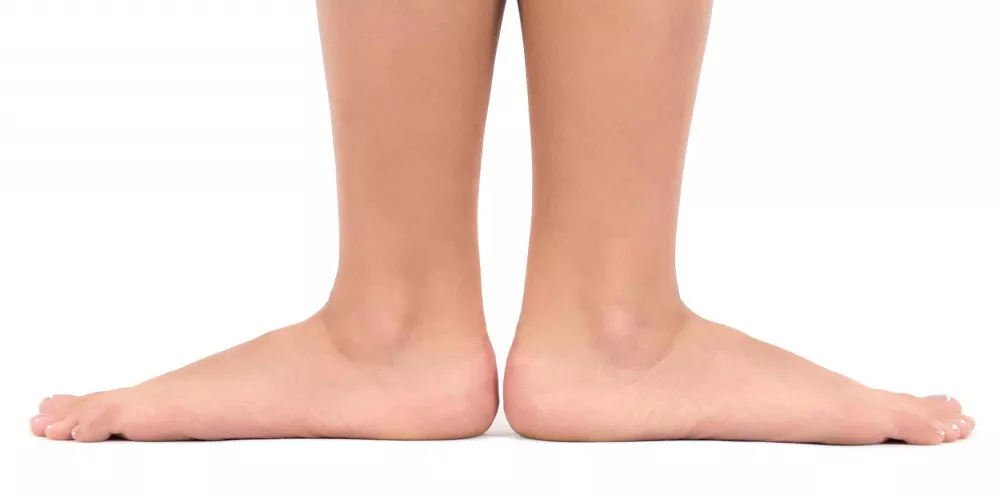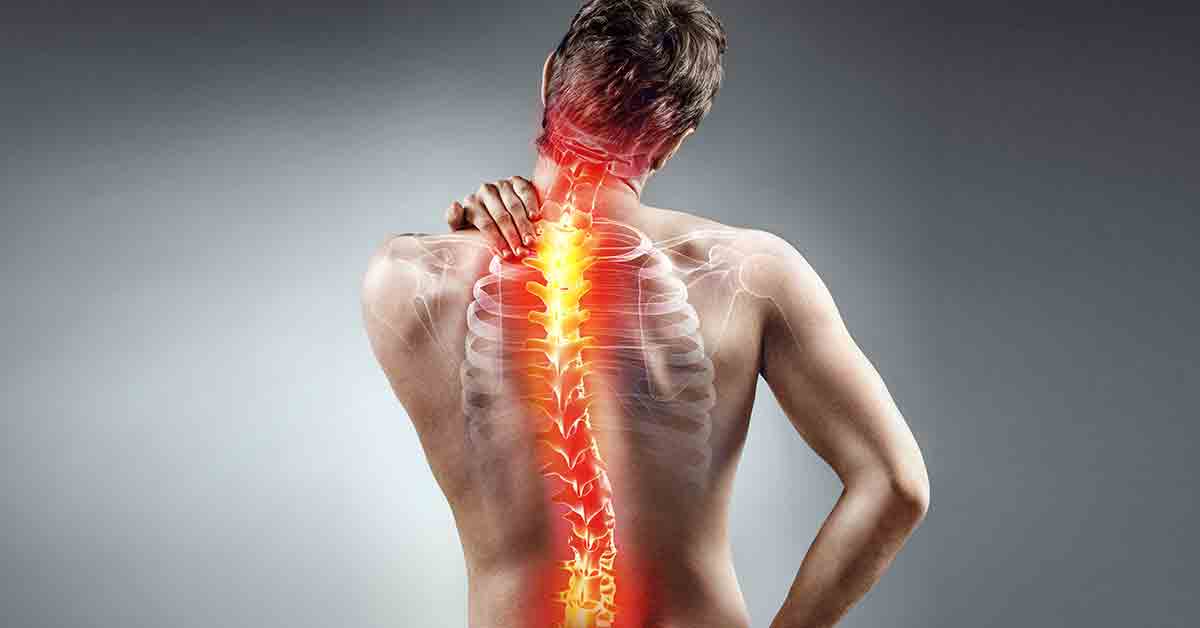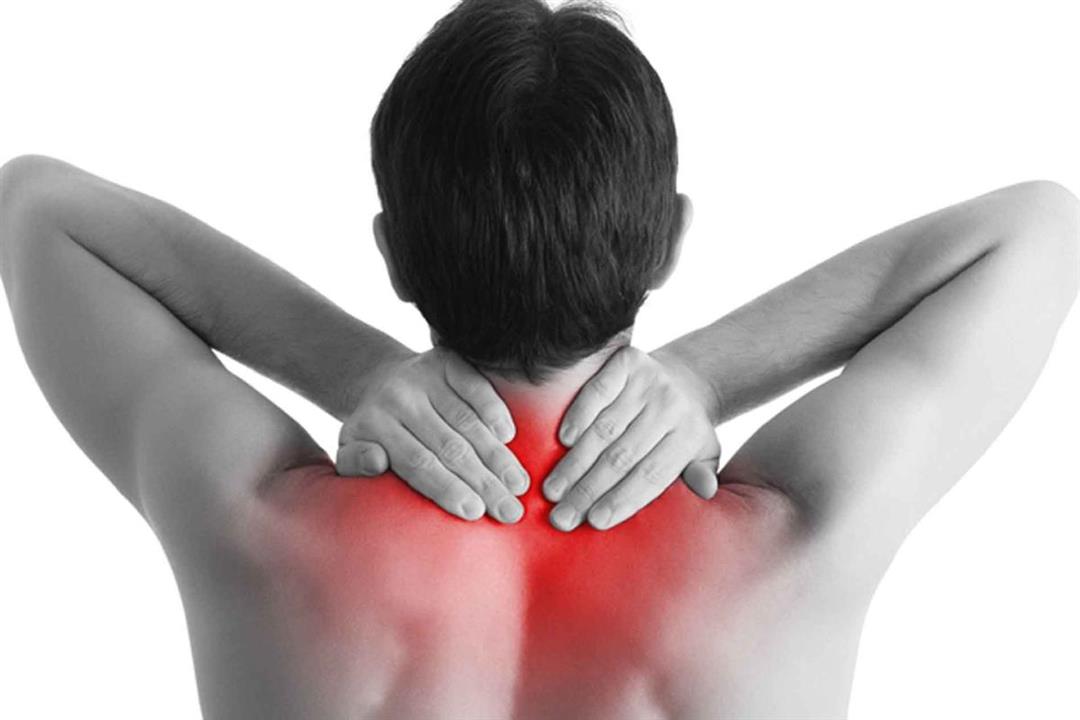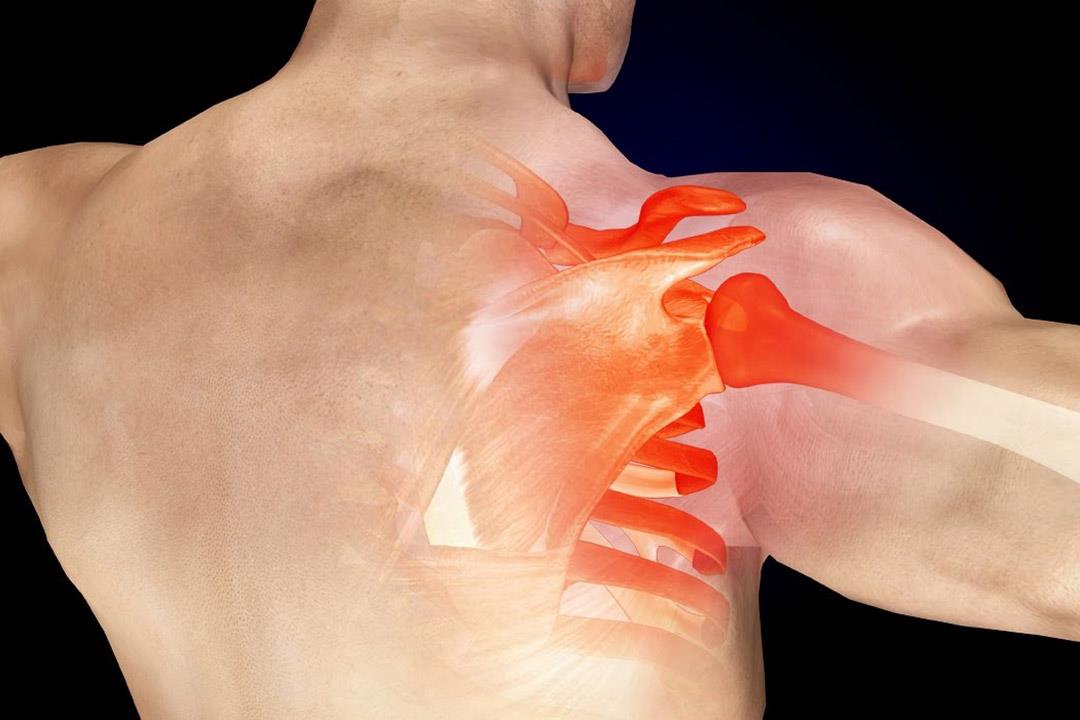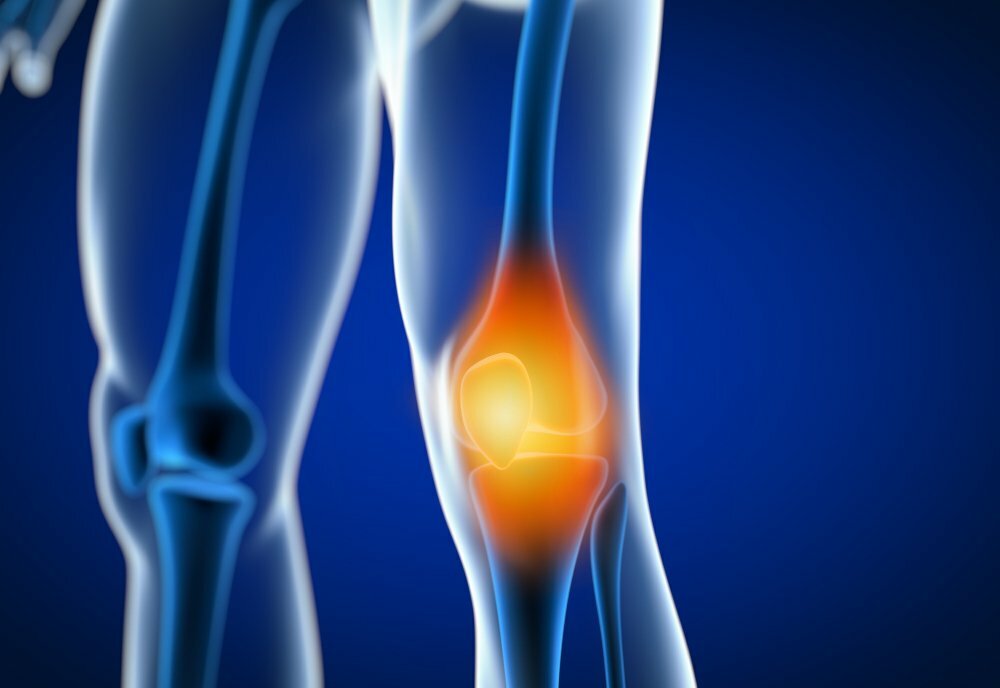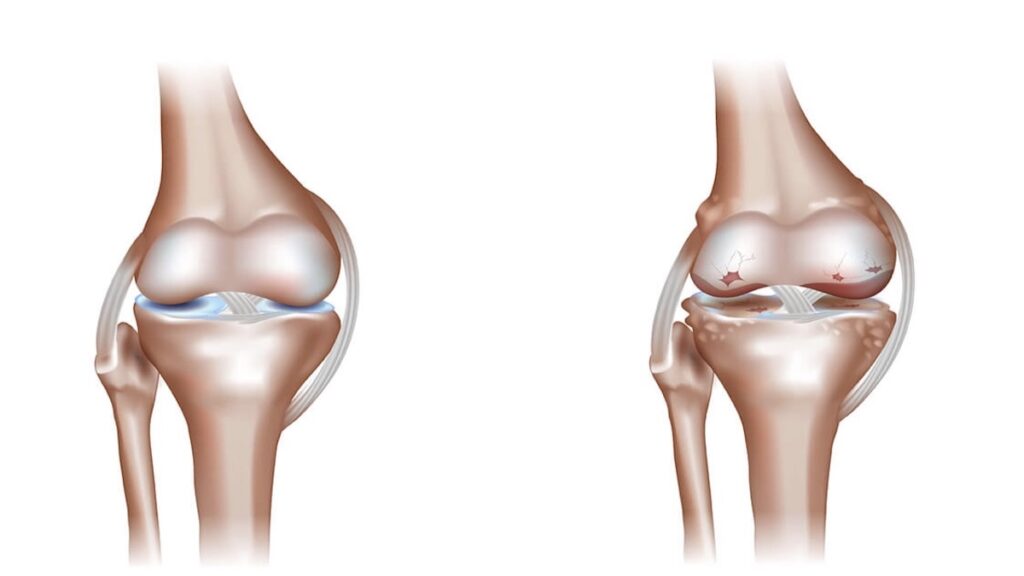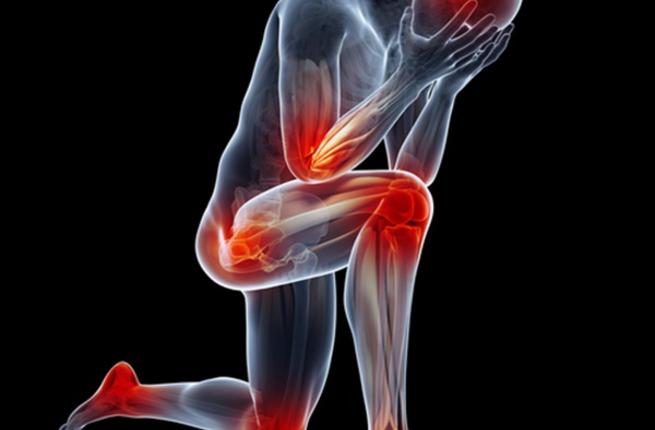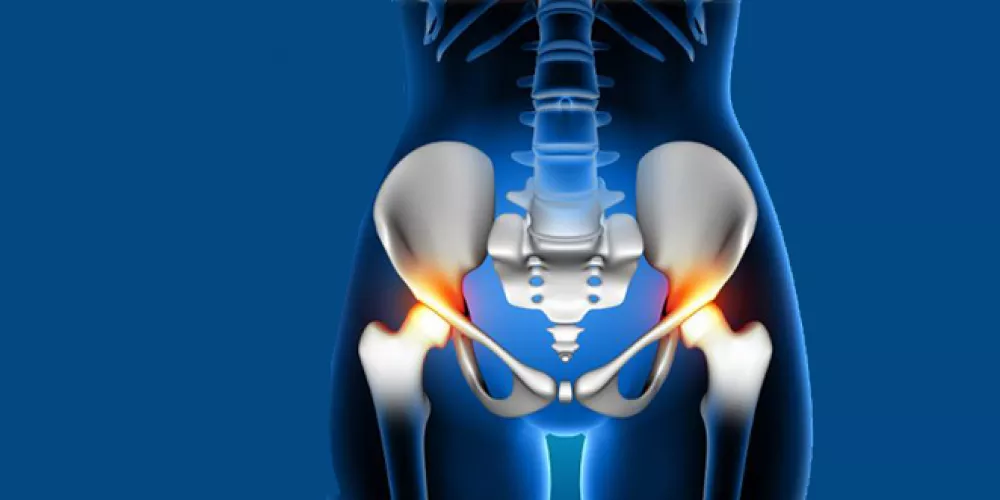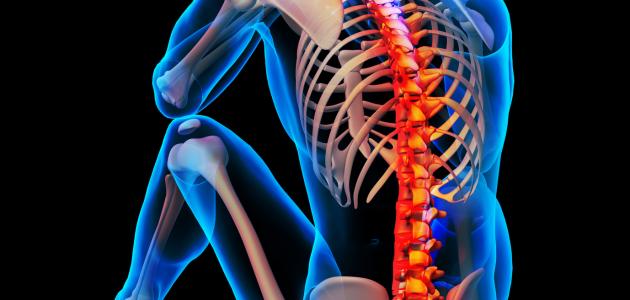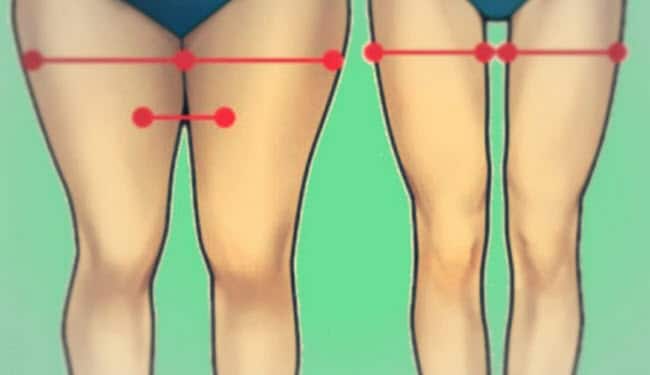Learn about the best treatment for the knee and what are the beneficial herbs for it?
Knee Treatment
Are you suffering from knee pain? There are several treatment options that can help alleviate the pain and improve your condition. In this article, we will present to you a list of the different treatments available to help you regain your knee health.
- Physical Therapy: Physical therapy can be effective for many cases of knee pain. The physical therapy should be customized based on the cause of the pain and the patient’s age group. Physical therapy includes exercises to stretch the muscles in the knee area and strengthen the surrounding muscles. Physicians may also use assistive devices such as portable devices, laser machines, and acupuncture to relieve pain.
- Medication: In cases of chronic and moderate-severity pain, doctors may recommend oral medications to alleviate pain and improve the condition. The type of medication prescribed depends on the cause and severity of the pain. Medication therapy may include the use of pain relievers and non-steroidal anti-inflammatory drugs to reduce swelling and irritation.
- Surgical Treatment: In cases of severe inflammation of the knee joints and pain not responding to other treatments, surgical treatment may be the final option. Common surgical procedures for treating knee problems include knee arthroscopy, arthroscopic debridement, and joint replacement.
Traditional treatments may be effective in alleviating pain and improving the condition of the knee, but there are also many alternative treatments that may help improve symptoms and promote healing, such as treatment with medicinal herbs and anti-inflammatory dietary supplements.
Whatever treatment method you choose, you should cooperate with the specialist doctor and follow the instructions precisely. Meet the doctor regularly to evaluate your progress and adjust the treatment if necessary.
Ultimately, maintaining a healthy weight, exercising regularly, and avoiding excessive strain on the knee can have a significant impact on reducing the risk of knee arthritis.
How do I treat knee pain at home?
In this article, we offer you some methods and home treatments that can be used to relieve and treat knee pain. Treatment depends on the cause of the problem; however, there are many simple treatments that can help solve the issue.
- Elevating the Affected Leg: Elevate the affected leg to relieve pressure on the knee and reduce pain. You can use a cushion or a comfortable position to support the injured leg.
- Massage with Essential Oils: Use massage oils to reduce knee pain and improve its function. Some oils used in treating knee pain include orange oil, cinnamon oil, and sesame oil.
- Exercises to Improve Flexibility and Balance: Practicing exercises to improve flexibility and balance can help strengthen the muscles around the knee and reduce pain. Some beneficial exercises include walking, cycling, and swimming.
- Avoid Sitting for Long Periods: Sitting for long periods without changing position can cause knee pain. Therefore, try to sit in a good posture and avoid sitting for long periods without changing body position.
- Using Knee Braces: Knee braces can be used to provide additional support to the injured joint. This can help reduce pressure on the knee and decrease pain.
Important Note: It is important to consult a doctor before applying any treatment for knee pain, to ensure that it is appropriate for your personal condition.
It should be noted that if knee pain persists or worsens, it is advisable to consult a specialist doctor to accurately diagnose the condition and prescribe the appropriate treatment.
Using the methods mentioned, knee pain can be alleviated and improved at home. Use these treatments regularly and consult a doctor to achieve the best results.
What is the treatment for knee pain in women?
Many women suffer from knee pain, which may be prone to various developments in their bodies. In this article, we will detail some different ways to treat knee pain in women comprehensively.
- Rest and Relaxation: One of the causes of knee pain is the repetitive strain that the knee undergoes. Therefore, it is advised to take a break from usual activities to reduce strain and give the knee ample time to heal. Ice can also be used to alleviate knee pain and reduce swelling.
- Strengthening the Muscles around the Knee: Strengthening the muscles around the knee is an effective way to alleviate knee pain. When the muscles are strong, they help to transfer the pressure away from the knee. Stretching and muscle strengthening exercises can be done under the supervision of a specialist to achieve the best results.
- Physical Therapy: Physical therapy can contribute to improving the knee condition and relieving pain. Common methods of physical therapy include using heat or ice treatment, massage sessions, and stretching and strengthening exercises. It is advised to visit a physical therapy specialist to assess the condition and devise a suitable treatment plan.
- Massage: Massage is one of the beneficial methods to relieve knee pain, where appropriate massage techniques are used to relieve tension and improve blood flow to the painful area.
- Medications and Topical Ointments: Doctors sometimes use pain relief medications to alleviate knee pain in women. Topical ointments containing anti-inflammatory agents can also be used to reduce pain and swelling.
It should be noted that if the pain persists and worsens, it is necessary to consult a doctor to diagnose your condition and determine the appropriate treatment. Additional examinations such as X-rays or arthroscopy may be required to identify the cause of the pain and prescribe the appropriate treatment.
Warning: Consult a doctor before using any new treatment or changing your treatment routine.
What is the best ointment for treating knee pain and joints?
Knee and joint pains are common issues that many people face in their daily lives. To curb these pains and relieve the associated symptoms, pharmacies offer many different ointments and creams. But which is the best among them? Here is a list of the top two ointments for treating knee and joint pain:
- Penetrex Cream: Penetrex is produced in the United States of America. Used to treat inflammations and roughness of the joints, cartilage of the neck, spine, muscle tendons, and ligaments. It is characterized by its ability to easily penetrate inside the skin, making it quickly absorbed and effective in relieving pain and easing symptoms.
- Moov Cream: Moov is considered one of the best ointments for treating knee and joint pain. Used to treat knee roughness, ligament tears, and knee swellings. It is characterized by its ability to treat pain effectively and quickly and can be used daily for the best results.
It should be mentioned that although these ointments are available in pharmacies, it is best to consult a doctor before determining the appropriate ointment. The doctor is best positioned to provide the necessary guidance and determine the most suitable treatment according to the patient’s condition.
Do not forget to read the usage instructions and directions on the package before using any pharmaceutical product.
What are the causes of knee pain and how do we treat it?
Many people suffer from knee pain, which can be bothersome and affect the quality of their daily life. The causes of knee pain vary and may differ according to individuals and their particular circumstances. In this article, we will review some of the common causes of knee pain and ways to treat them.
- Arthritis: Arthritis may be one of the most likely causes of knee pain. Arthritis can occur due to aging, injury, or medical conditions such as rheumatoid arthritis. Treating arthritis requires medical follow-up and appropriate treatment, such as taking pain relievers and physical therapy.
- Overexertion: Overexertion is a common cause of knee pain. It occurs when the knees are subjected to excessive stress due to activities like jumping or intense running or aggressive sports. To treat pain associated with overexertion, rest is recommended along with applying ice and performing muscle-strengthening exercises around the knee.
- Injuries: Direct injuries can cause knee pain, such as bruises, fractures, or tears in the knee tissues. A doctor should be consulted in case of severe pain or significant swelling to assess the injury and direct appropriate treatment.
- Meniscus Tear: A meniscus tear can be a cause of knee pain, especially in the area of the meniscus that absorbs shocks. A meniscus tear may require treatment with physical therapy or surgery depending on the patient’s condition.
- Other Medical Conditions: There are several other medical conditions that can cause knee pain, such as cartilage damage, tendonitis, and patellar tendinitis. The treatment for these conditions may vary and include physical therapy, analgesic and anti-inflammatory medications, and in some severe cases, surgery may be necessary.
It is important to note that the appropriate treatment for knee pain depends on an accurate diagnosis of the condition and a direct assessment of the symptoms and medical history of the patient. Therefore, it is always advisable to consult a specialist to determine the best way to treat persistent knee pain and avoid potential complications.
Why does my knee hurt when I bend it?
It can be painful to feel pain in the knee when bending it, and there may be multiple reasons for this pain. In this article, we will explore some of the common causes of knee pain when bending and extending.
Knee Sprain: A sprain in the knee ligaments or muscles may occur as a result of a shock to the knee or a sudden movement, leading to tears in the ligaments or muscles and thus pain when bending the knee. It is important to use knee protectors in sports activities that require sudden movements to maintain knee safety.
Muscle or Ligament Weakness:
- The pain may be due to weakness in the muscles or ligaments surrounding the knee. When these muscles are weak, the knee joint endures extra stress during movement, which causes pain. It is beneficial to strengthen the muscles around the knee through exercises targeting this area. Arthritis:
- Some people may suffer from arthritis in the knee, such as osteoarthritis. Arthritis causes damage to the joint cartilage, making the knee sensitive and painful when moving. It is advisable to consult a doctor to assess your condition if you are experiencing symptoms of arthritis. Overuse of the Knee:
- Pain may be due to overuse of the knee in certain sports activities, such as running, cycling, or jumping. If you are engaging in these activities frequently and intensely, the tendon in the knee may become strained, causing pain. It is good to reduce the intensity of these activities and promote stretching and strengthening for the knee area. Meniscus Tear:
- When the knee is subjected to a strong shock or sudden twist, a meniscus tear can occur. This type of injury can cause sharp pain in the knee and often necessitates medical treatment and accurate assessment of the condition.
Ultimately, you should consult a doctor if you are experiencing pain in the knee when bending and extending it. It may require an early diagnosis and treatment to avoid bigger problems in the future. Remember that safety and comfort are always more important than any activity that could cause injury or strain to the knee.
What are the beneficial herbs for the knee?
Knee pain is a common problem that many people suffer from. Instead of resorting to traditional treatments, herbs can be used as a natural way to alleviate pain and treat knee pain. Here is a list of some herbs that are beneficial for the knee:
Aloe Vera: Aloe vera is one of the most common herbs in alternative medicine and is famous for its therapeutic properties. It has anti-inflammatory properties and soothes pain. It can be used to treat knee pain by applying the aloe vera gel directly to the painful area. Lavender Oil: Lavender oil is one of the essential oils known for its therapeutic benefits. It can be used in massaging the knee to alleviate pain and soothe inflammation. Simply put a few drops of lavender oil on your hands and gently massage the painful area. Ginger: Ginger contains anti-inflammatory compounds that work to alleviate knee pain and reduce inflammation. Ginger tea can be prepared by placing fresh ginger slices in a cup of boiling water and letting it steep, then drinking it slowly.
Turmeric: Turmeric contains curcumin, an anti-inflammatory substance that is effective in relieving knee pain and improving joint health. Turmeric powder can be added to foods and beverages, or used as a dietary supplement in capsule form.
Black Pepper: Black pepper contains piperine, which enhances the absorption of turmeric, thereby increasing its effectiveness in alleviating knee pain. Therefore, add a bit of black pepper to meals that contain turmeric.
Ginkgo Biloba: Ginkgo biloba leaves are a rich source of antioxidants and blood circulation-enhancing substances. They are used in herbal medicine to treat knee pain and strengthen joint cartilage.
Thyme: Thyme contains thymol, which is an anti-inflammatory substance, thus it contributes to relieving knee pain. It can be used as a spice in cooking or consumed in the form of tea.
Please note that before using any type of herbs or natural remedies, it is preferable to consult with a specialist doctor to ensure that they are suitable for your individual health condition.
Does Walking Treat Knee Pain?
If you suffer from knee pain, you might be hesitant to exercise for fear of aggravating the pain. But did you know that regular walking might actually be an effective treatment for knee pain? In this article, we will review five important facts about the benefits of walking in treating knee pain.
Strengthening the Muscles Around the Knee: Some might think that exercising could increase the damage to the knee, but in fact, regular walking promotes the strengthening of the muscles surrounding the knee, which helps to improve its function and support.
Relieving Joint Pressure: Instead of the heavy loading that occurs during intense sports activities, walking allows the joints to move naturally and without excessive pressure. Therefore, this can be a noticeable relief for pain and symptoms associated with knee arthritis.
Increasing Blood Circulation and Improving Blood Supply: Regular walking enhances blood flow to the knee and improves circulation in that area. This means that essential oxygen and nutrients can reach the damaged tissues easily, which helps in the healing process and pain relief.
Reducing Inflammation:
- Regular walking can reduce irritation and inflammation in the knee. Continuous motion stimulates the immune system and helps in the elimination of toxins and accumulated waste in the joints.
Improving Mood: 2. We all know that physical activity contributes to mood enhancement and morale boosting. Therefore, walking can be an effective way to relieve psychological stress and tension resulting from knee pain.
In conclusion, it should be emphasized that starting any sports activity or treatment for knee pain should be done under the supervision of a specialized doctor. Consult with a rheumatology and joint specialist to get advice suitable for your health condition.
Avoid Common Mistakes 3. Avoid excessive and intense physical activity that may increase pressure on the knee and exacerbate pain. Make sure to choose appropriate footwear that promotes even weight distribution on both feet and knees. And don’t forget stretching and warm-up exercises before starting to walk to prevent injuries.
Does Vitamin Deficiency Cause Knee Pain?
Yes, vitamin deficiency can be one of the main causes of knee pain. Vitamins play an important role in the health of joints and bones. Interruption of blood flow to the knee may occur due to a deficiency in vitamin D, which can lead to cartilage damage and nerve irritation, and thus can cause acute pain in the knee when bending.
Vitamin D is important for the absorption of calcium and phosphorus required to enhance the strength and health of bones. When there is a deficiency in vitamin D, it can negatively affect the health of bones and joints, including the knee. Additionally, vitamin D works to reduce inflammation in the body, which is a key factor in alleviating joint pain including the knee. Therefore, taking the recommended amount of vitamin D can have a positive impact on the overall health of the knee and help in the prevention of joint pains and problems.
To obtain a sufficient amount of vitamin D, you can expose yourself to direct sunlight for a short period in the morning or evening, in addition to consuming foods rich in vitamin D such as fatty fish, eggs, and dairy products fortified with vitamin D.
In conclusion, individuals who suffer from persistent knee pain should consult a doctor, where the problem can be diagnosed and treated better according to the specific cause of pain and the treating doctor’s recommendation.

